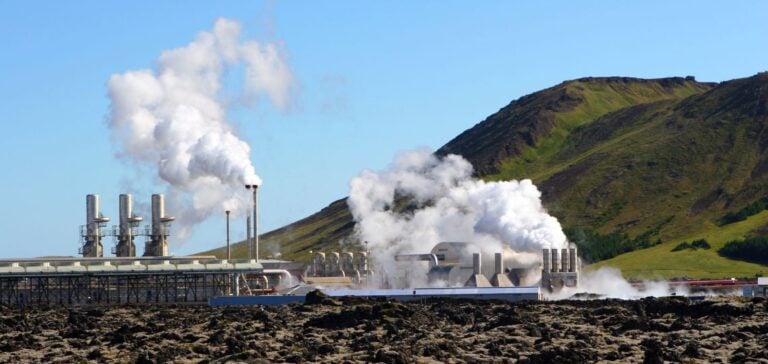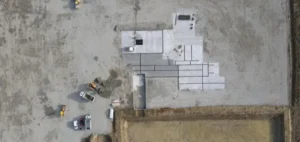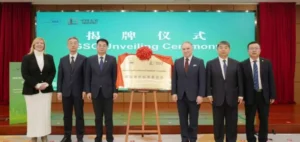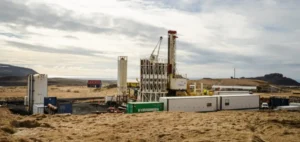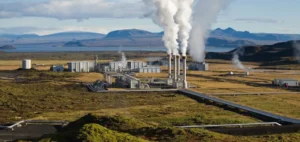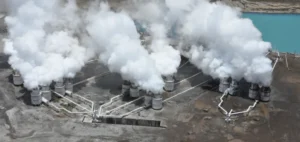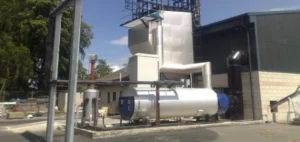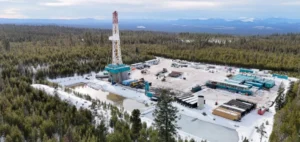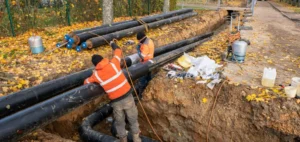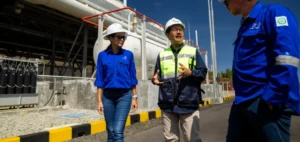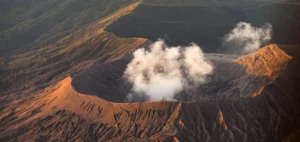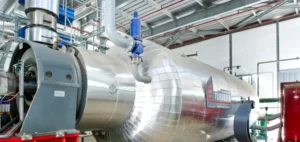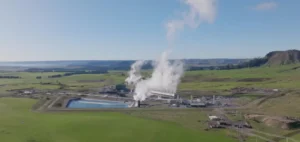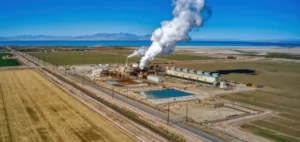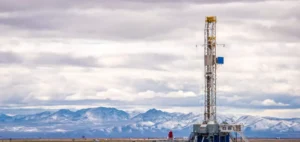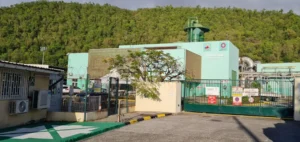The Guardian reports a significant development in geothermal exploitation in the United States. Geothermal energy, used for over 100 years in geographically favorable locations such as hot springs, is becoming a major energy solution throughout the United States. Amanda Kolker, head of the geothermal program at the National Renewable Energy Laboratory (NREL), explains that as intermittent renewables increase on the grid, geothermal becomes essential, gradually replacing gas as a reliable base load source.
The promise of geothermal energy
The potential of geothermal energy to fill the gaps left by intermittent solar and wind power is well recognized, with capacity that could increase twenty-fold by 2050, accounting for 10% of the country’s electricity. U.S. Energy Secretary Jennifer Granholm expressed her enthusiasm: “The U.S. can lead the future of clean energy with continued innovation on next-generation technologies, from harnessing the power of the sun to the heat beneath our feet.”
Innovations and necessary investments
New initiatives include the Biden administration’s funding of projects to harness geothermal potential throughout the US, not just in areas where access is easy. “This marks a huge potential in geothermal energy,” added Granholm. These efforts will require a significant investment, estimated at $250 billion by the Department of Energy, for the projects to become widespread, offering a major source of clean energy.
Revolutionary technologies and future prospects
What’s more, the techniques used to develop enhanced geothermal energy resemble those used to extract oil and gas, which is not without irony. However, these techniques could be revolutionary in terms of access to geothermal energy at depth, enabling water to be heated and then brought to the surface to generate electricity.
Inexhaustible energy potential
This prospect opens the way to an inexhaustible source of energy. According to preliminary modelling, just 1% of the potential of super hot rocks could provide 63 terawatts of clean, constant energy, covering nearly eight times the world’s electricity demand. Terra Rogers, director for “superhot rock energy” at the Clean Air Task Force, said: “Energy security supported by always-available zero-carbon energy is not a distant dream.”
The rise of geothermal energy in the United States could radically transform the energy landscape, providing a clean, inexhaustible source of power. The technical and financial challenges remain considerable, but the outlook is promising.


